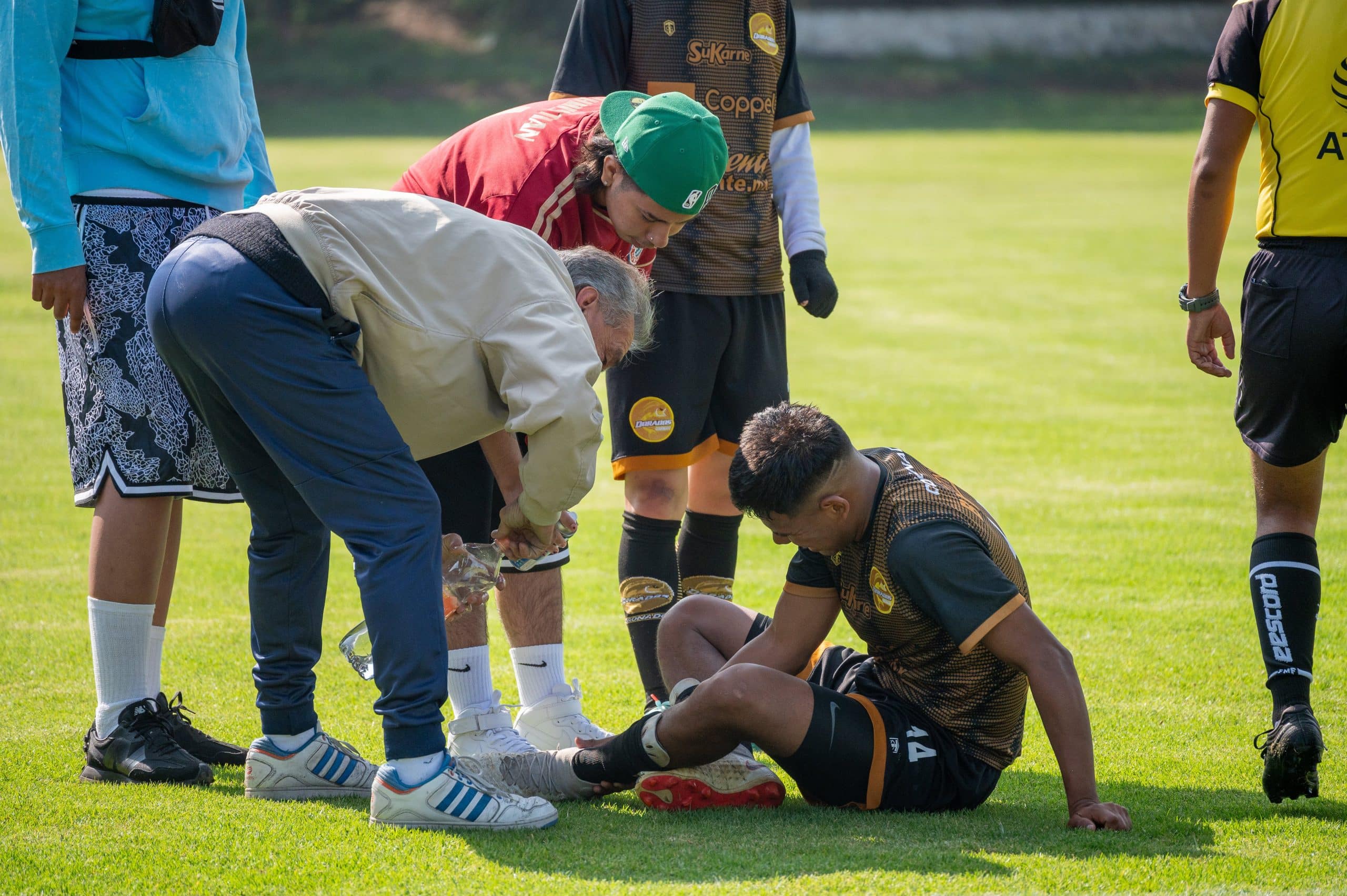What are the best practices for sports injury prevention in adolescent athletes?

The world of sports is filled with the thrill of competition and the joy of victory. Yet, behind the pomp and glory lurk potential dangers, often in the form of injuries. For young athletes, especially adolescents, these injuries could prove detrimental, not just to their sporting careers, but also to their overall well-being. A cursory glance at Google or PubMed would reveal studies galore, highlighting the risk factors and the preventive measures applicable in this context. But what precisely are these best practices for sports injury prevention in adolescent athletes? Let’s delve into the nitty-gritty of it.
Understanding the Common Sports Injuries in Adolescent Athletes
It’s vital to understand the common sports injuries that adolescent athletes often face. A study by American Academy of Pediatrics reported that over 3.5 million children and adolescents get injured while partaking in sports activities every year. The same study identified knee injuries, specifically Anterior Cruciate Ligament (ACL) tears as some of the most common injuries in this demographic.
In parallel : What Are the Techniques for Effective Team Communication in Relay Races?
This high prevalence of knee injuries is due to the physical changes adolescent bodies undergo during growth spurts. With sudden increases in height and weight, their bodies, particularly the ligaments in their knees, can be subjected to increased strain.
The data also indicates that overuse injuries are common amongst adolescents. These injuries occur when athletes engage in intensive training without allowing their bodies adequate time to recover.
Also read : How do sports teams use data analytics to scout and recruit new talent?
Importance of Proper Training
Proper training is critical in preventing sports injuries amongst young athletes. A well-structured training program, supervised by a qualified trainer or a physical therapist, can drastically reduce the risk of injuries.
A randomized control trial published in the American Journal of Sports Medicine found that implementing neuromuscular training in adolescent athletes resulted in a 72% reduction in ACL injuries. The training involves exercises that enhance strength, agility, and motor control, thereby helping the athletes to better manage the physical demands of their sports.
Moreover, incorporating rest periods into the training schedule is also important. Overtraining without adequate rest can lead to overuse injuries. Therefore, it’s crucial to balance strenuous activity with rest and recovery.
The Role of Equipment and Environment
The equipment used and the environment where sport is played contribute significantly to injury prevention. Helmets, mouth guards, and pads are essential protective gear for sports like football, hockey, and skateboarding. They can help mitigate the risk of traumatic injuries.
The condition of the sport’s environment also plays a crucial role. Wet or uneven playing surfaces can lead to slips and falls, causing injuries. Thus, it’s important to ensure that the field or court is safe and well-maintained.
Importance of Good Nutrition and Hydration
Good nutrition and hydration play a central role in injury prevention. Proper nutrition helps in tissue repair and strengthens the immune system. A diet rich in proteins, fruits, vegetables, and whole grains can provide the necessary nutrients for recovery and growth.
Hydration, on the other hand, helps prevent heat-related illnesses, such as heat stroke and dehydration, that young athletes may be susceptible to. Drinking plenty of water before, during, and after physical activity can help maintain normal body temperature and ensure optimal performance.
Emphasizing on Injury Education and Awareness
Creating awareness about sports injuries among adolescent athletes is another vital prevention strategy. Educational programs focusing on the risks associated with sports, the importance of protective gear, and the signs and symptoms of common injuries can equip these young athletes with the necessary knowledge to prevent injuries.
In addition, athletes should be encouraged to speak up if they feel something is not right with their bodies. A culture of safety should be fostered, where athletes don’t feel pressured to "play through the pain" and risk further injury.
In the realm of sports, injuries might seem like an inevitable part of the experience. But with the right preventive measures in place, we can ensure that our young athletes enjoy the game while staying safe.
The Influence of Functional Training on Injury Prevention
Functional training, which includes exercises aimed at improving balance, coordination, and strength, plays a crucial role in reducing the injury rate among adolescent athletes. According to an article published on PubMed, functional training can substantially lower the risk of overuse injuries, which often result from repetitive sports activities.
Functional training exercises mimic the movements athletes perform in their respective sports, thereby improving their overall performance and reducing the risk of injury. For instance, exercises such as lunges and squats can help strengthen leg muscles and improve stability, significantly reducing the likelihood of knee injuries like the prevalent ACL tears.
Applying this training method under the supervision of a qualified trainer ensures that the athletes perform these exercises correctly, thus optimizing the benefits and minimizing injury risks. Moreover, it is essential to integrate functional training into the athletes’ regular fitness regime gradually to allow their bodies to adjust to the new workout routine.
The Google Scholar platform hosts several scientific studies that further underline the effectiveness of functional training in injury prevention among adolescent athletes. This data strongly advocates for the widespread application of functional training in sports training programs to reduce the high school sports injury rate.
Conclusion: The Need for a Holistic Approach to Injury Prevention
In conclusion, the prevention of sports injuries in adolescent athletes necessitates a holistic approach. The best practices identified through extensive review of free articles and included studies on PMC free, PubMed Google, and Google Scholar underline the significance of understanding common injuries, emphasizing proper training, ensuring the use of protective equipment, promoting good nutrition and hydration, and raising injury awareness.
While each of these elements individually contributes to injury prevention, their collective implementation yields the best results. For instance, functional training programs that incorporate neuromuscular training exercises can significantly reduce the risk factors associated with common sports injuries. However, without appropriate nutrition and hydration, the body might not adequately recover and reap the full benefits of the training. Similarly, protective equipment and maintaining safe playing environments can substantially lower the risk of traumatic injuries, yet ignoring the signs of possible overuse injuries and ‘playing through the pain’ can lead to severe repercussions.
Therefore, the onus is on sports institutions, coaches, parents, and the young athletes themselves to embrace these best practices for sports injury prevention. By doing so, we can create an environment where the thrill of victory and joy of sports are not overshadowed by the fear of injuries.
